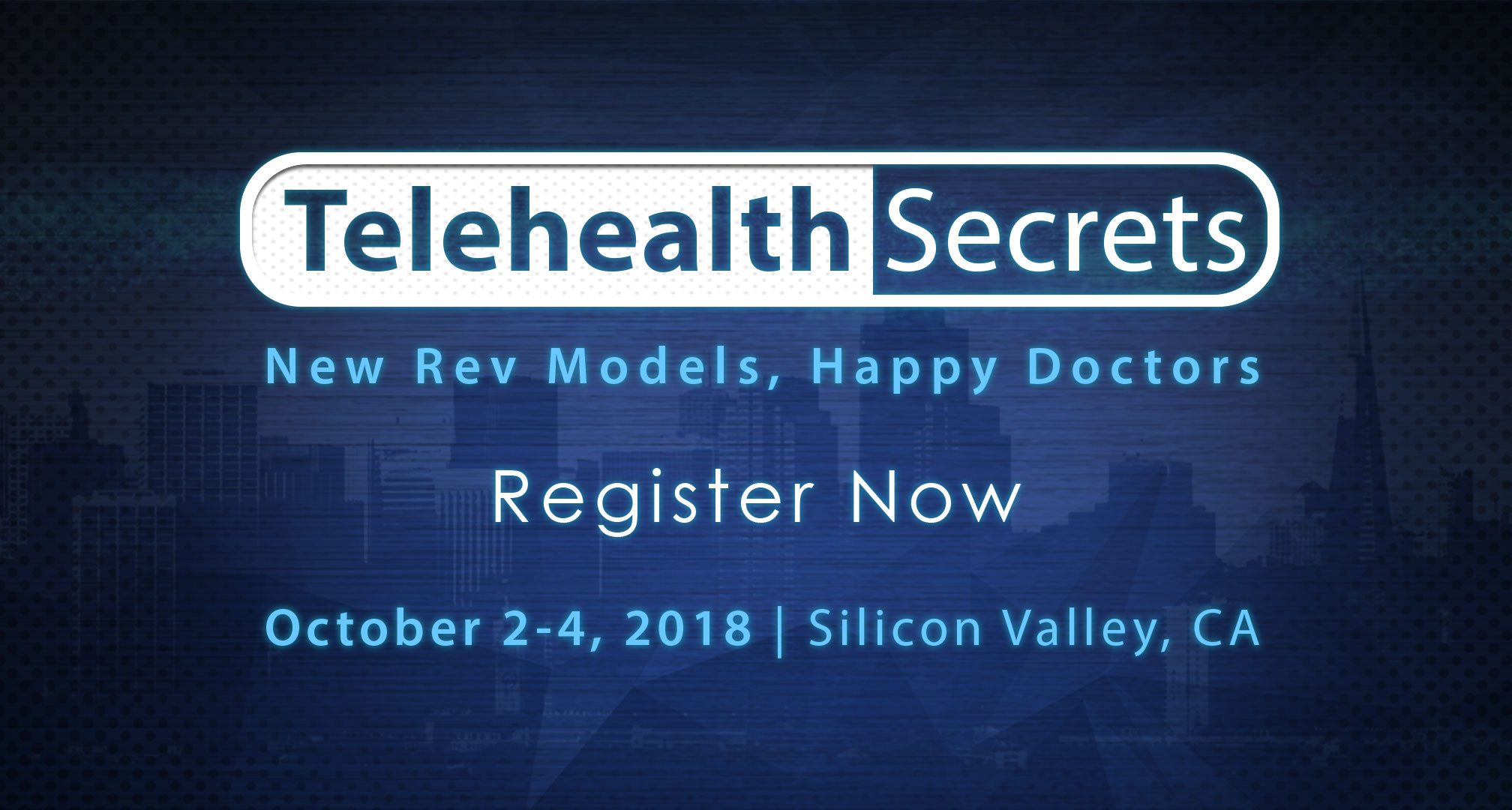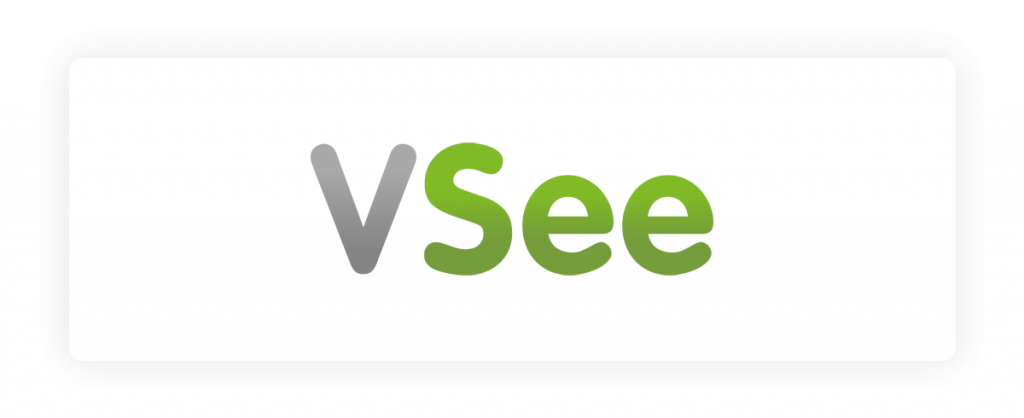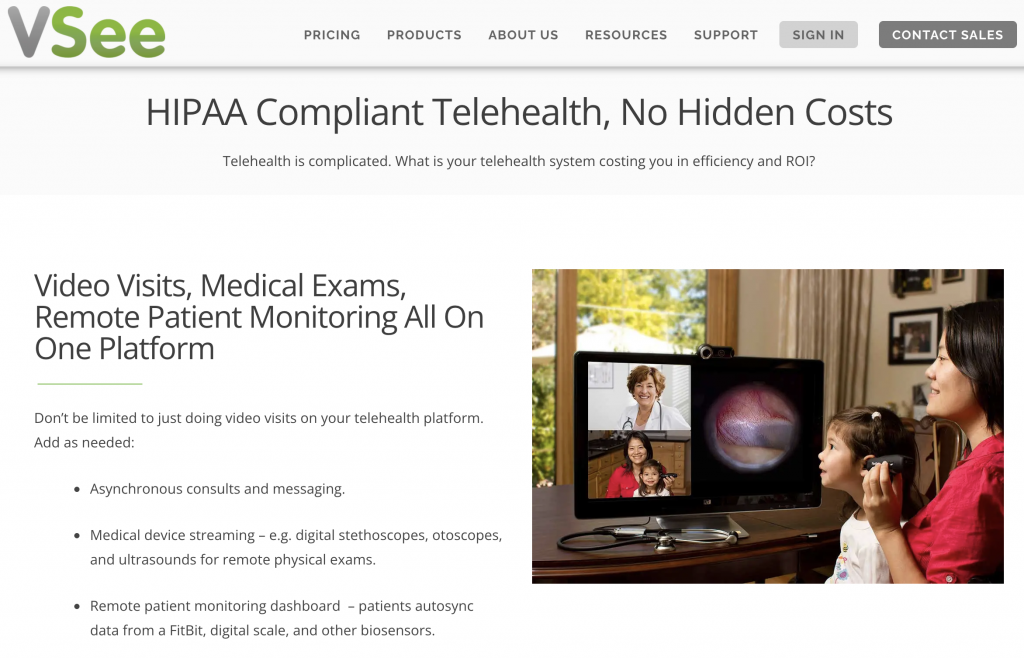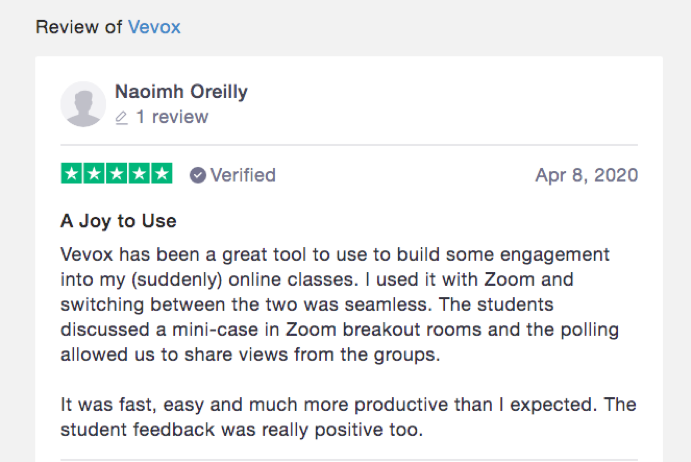

Sound transmission issues ( Tucker, 2012)
#VSEE VS ZOOM SOFTWARE#
Software incompatibility ( Anderson et al., 2014) Poor signal quality ( Anderson et al., 2014) Interrupted Internet connection ( Anderson et al., 2014) Summary of technological barriers to telepractice reported in the literatureĪudio-visual quality ( Anderson et al., 2014 Behl & Kahn, 2015 Tucker, 2012) Outdated school Internet infrastructure, and crashing computers were common experiences SLPs have also reported sound transmission issues, lack of technical support, The SLPs in the study reported that lack ofĪudio, video, and microphone equipment prevented users from implementing telepractice Tucker (2012) asked school-based SLPs about their use of telepractice and their knowledge and skills Other barriers included interrupted InternetĬonnection, poor signal quality, and incompatibilities of software ( Anderson et al., 2014). Rescheduled due to technical difficulties. Had “considerable technical difficulties,” (p. The authors reported that 16 of 77 telepractice sessions (2014) found that parents of children with a new speech-generating device reported “havingĪ steady audio-visual (AV) connection accounted for the highest number of technology Unlike infrastructureĬhallenges, technology-based issues can often be remediated by client or clinicianĪs reported in Table 1, Anderson et al. Issues, and difficulty navigating specific software platforms. Technology-based challenges may include audio/video problems, microphone Housing units, and overall outdated infrastructure (e.g., no access to high-speed Infrastructure-based challenges may include limitedĪccess to Internet in rural areas, shared Internet sources in apartments or multifamily Researchers have identified barriers to implementing telepractice, specifically related What Are the Technological Barriers to Telepractice Reported in the Research Literature? Support to clinicians and clients who are experiencing technological barriers to telepractice. To explore the challenges experienced by clinicians utilizing telepractice and provide Modalities due to physical distancing requirements. To replace or supplement in-person services has increased since March 2020, with schoolĭistricts, clinics, and hospitals across the United States shifting service delivery These actions hadĪ direct impact on the delivery of speech and language services provided by SLPs andĪudiologists who primarily conducted services in-person. In response to this guideline, state and local officials limited nonessential businessesĪnd in-person services to minimize the transmission of COVID-19. Guidelines to help protect Americans during the global COVID-19 outbreak ( The White House, 2020).

On March 16, 2020, President Trump and the White House Coronavirus Task Force issued Some clinicians and clients continue to report apprehension to adopting this serviceĭelivery modality due to discomfort with technology. The push toward telepractice resulting from the coronavirus (COVID-19) global pandemic, Despite this documented utility of telepractice in speech-language pathology, and Of practice, ranging from dysphagia (e.g., Cassel, 2016), stuttering (e.g., McGill et al., 2019), and autism (e.g., Iacono et al., 2016) to aphasia (e.g., Macoir et al., 2017). Additionally, SLPs have used telepractice to treat populations across the scope More ( American Speech-Language Hearing Association, n.d.). Telepractice for speech-language pathology can be used across many settings suchĪs schools, medical centers, outpatient clinics, universities, clients' homes, and Such as speech-language pathologists (SLPs), to connect with individuals seeking intervention, Telepractice is the use of Internet-based services to allow health care professionals,

One for clinician in both English and Spanish) to enhance its utility for users.

#VSEE VS ZOOM MANUALS#
The second goal of thisĪrticle was to develop four step-by-step troubleshooting manuals (one for client and The first goal of this article was to address barriers andĬhallenges to implement successful telepractice SLP services. Have been experienced by clinicians and clients when ZOOM is used. The United States because of its usability and subscription cost. “ZOOM” is one of the popular platforms among speech-language pathologists (SLPs) in Among currently available telepractice platforms, Increasing demands resulting from the COVID-19 global pandemic, some clinicians andĬlients continue to report apprehension to adopting telepractice service delivery Pathology across various settings and the scope of practice. Telepractice has been used as an alternative service delivery model in speech-language


 0 kommentar(er)
0 kommentar(er)
